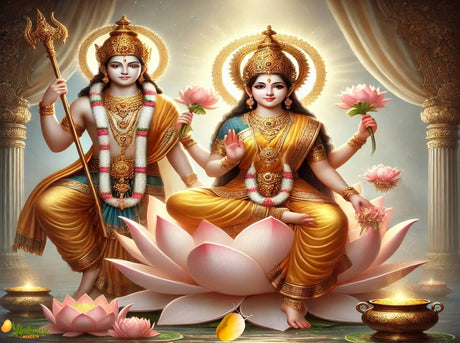
Lakshmi Kubera Havan: A Sacred Ritual for Wealth and Prosperity
By Prashant Powle
Imagine wanting good luck with money. The Lakshmi Kubera Havan is like a special prayer with fire, where people ask Goddess Lakshmi and Lord Kubera to help them. These two...
Read more